A deep travel overview of Shikoku for my custom Japan private tours
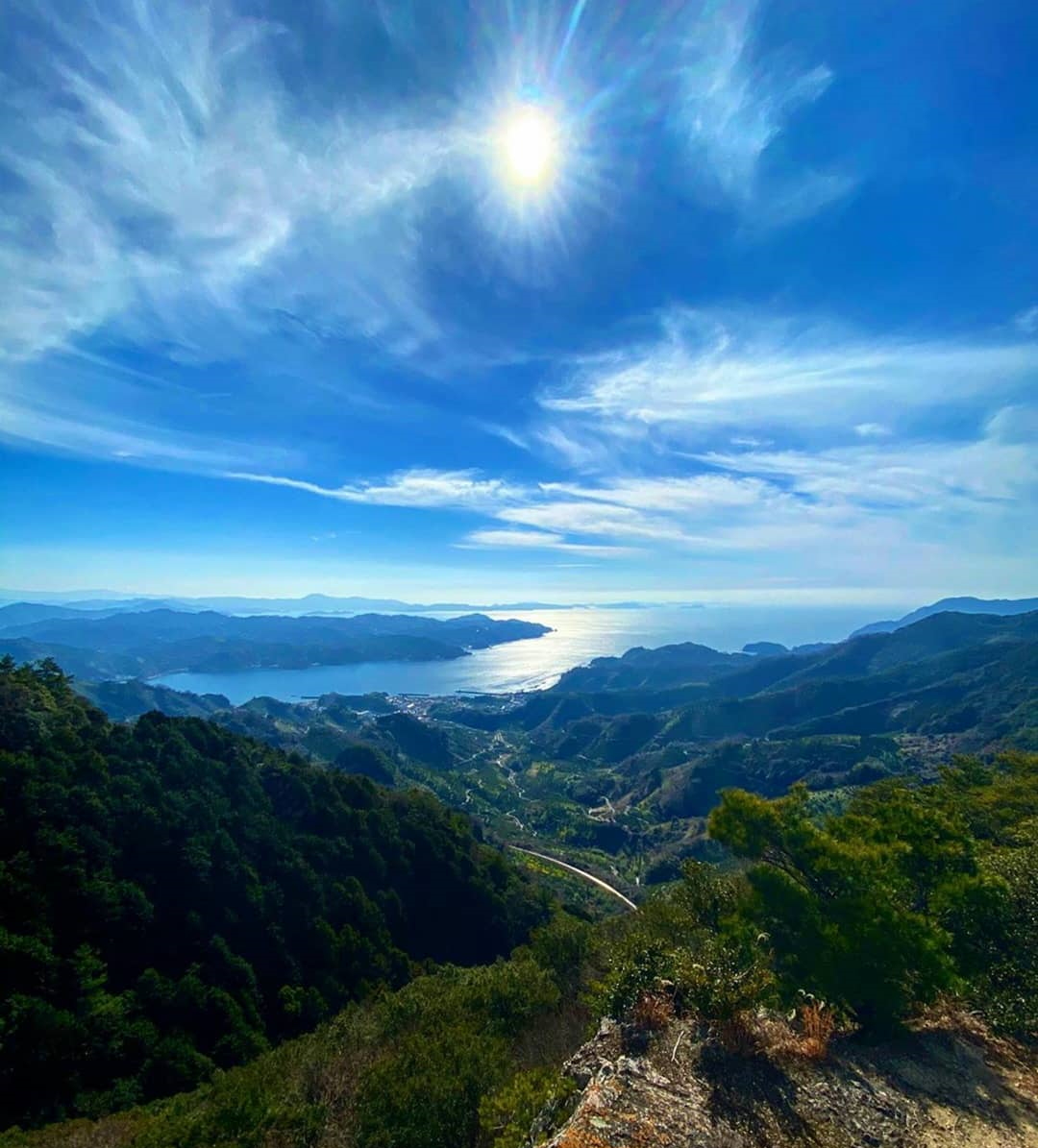
The island of Shikoku is off the beaten track not because it’s far away but because most people just don’t realize what’s there. The island is home to an exceptional range of tourist attractions: everything from pristine mountain rivers and isolated fairytale valleys and pottery villages, to terraced mandarin mikan orchards and seaside rice terraces, serene seaside worlds and the most famous onsen in the country (Dogo Onsen, Matsuyama) . . . Most of my Shikoku clients travel across the island exclusively with my super-useful independent self-guided tours & services. However, local tour guides (English) are available in Takamatsu and Matsuyama (please enquire).
The weather in Shikoku is less severe than Honshu Island to the north and especially the centers of Kyoto | Osaka and Tokyo. Winters in Kochi and Matsuyama (Ehime Prefecture) are quite mild and pleasant and the mikan mandarin orange groves are heavy with fruit . . .
Shikoku Island’s 830 plus kilometers of train tracks (the JR Shikoku rail system) covers the main centers but the really amazing parts of the island are 60-90 minutes from the nearest train tracks (with good bus service from main stops). Inland and coastal buses take you from these easy to get to stations to the really out of the way places and there are many.
The island is most famous amongst Japanese people for the 1,200 km, 88 temple Ohenro pilgrimage dedicated to Kukai or Kobo Daishi (founder of Shingon Buddhism in the 9th century and the person who introduced Japan to the hiragana and katakana writing style based on Sanskrit; the world famous Buddhist center of Koyasan, SE of Osaka, is his resting place). Most people try to finish this pilgrimage in their lifetime, others try to do it all in a month or two, some use helicopters to finish up as fast as they can . . . For spiritual travelers, there are really stunning sections that stand out and are worth the journey.
The Muroto Cape (close to JR Kaifu Station) is one of the best places on the Island of Shikoku. It’s a great place to hike the coastal hills and endless sand beaches. With your back to the mainland looking West is a truly awesome experience because there is literally nothing between where you are standing and the southern end of California. Somehow, knowing this, one feels liberated and exhilarated . . .
Other key attractions include the lush and almost lost Iya Valley, Isamu Noguchi’s spectacular sculpture garden and museum, excellent pottery villages just east of Matsuyama and some really great hiking and outdoor river experiences north of Kochi in the highlands that descend to the Inland Sea.
For a better understanding of YJPT's tour and service design and design process, expenses, and prices please see my compact but informative full service pricelist in JPY and USD, all retail priced.
Your Japan Private Tours has organized quite a few trips to Shikoku over the years: driving tours and train | bus | taxi tours. Most of my Shikoku clients travel across the island exclusively with my unique independent self-guided tours & services. However, local tour guides (English) are available in Takamatsu and Matsuyama (please enquire). Shikoku Island is well worth a look and can easily be combined with Honshu and Kyushu (i.e. ferry from Yawatahama Port or Matsuyama Port to Beppu). English is spoken more than not on the island and the tourism industry is fairly up to date. Check it out! And then let me know how I can help . . .
Guided tour FAQs (start time and location; itinerary design; expenses; tips . . .). Self-guided tour FAQs (design; delivery; types; expenses . . .).
- Shikoku transportation and accommodation overview
- Shikoku main hiking, nature and hot spring destinations
- Shikoku food & cuisine overview for private travel
- Shikoku history overview
Content by Ian Martin Ropke, owner of Your Japan Private Tours (est. 1990). I have been planning, designing, and making custom Japan private tours on all five Japanese islands since the early 1990s. I work closely with Japan private tour clients and have worked for all kinds of families, companies, and individuals since 1990. Clients find me mostly via organic search, and I advertise my custom Japan private tours & travel services on www.japan-guide.com, which has the best all-Japan English content & maps in Japan! If you are going to Japan and you understand the advantages of private travel, consider my services for your next trip. And thank you for reading my content. I, Ian Martin Ropke (unique on Google Search), am also a serious nonfiction and fiction writer, a startup founder (NexussPlus.com), and a spiritual wood sculptor. Learn more!
Shikoku transportation and accommodation overview
Most of the coastline of Shikoku Island is served by the Japan Rail system. The exceptions are the Muroto Cape (southeast corner) and Cape Ashizuri (southwest corner). Both of these areas have low populations and extensive nature and hiking opportunities and are well served by bus from the end train stations of Kannoura or Nahari (Muroto Cape), and Kubokawa or Sukumo (Cape Ashizuri).
Only one rail line cuts through the middle of the island from Takamatsu to Kochi. This means that the entire western and eastern central parts of Shikoku are only accessible by bus and private vehicle. However, since Shikoku is well traveled by Japanese domestic tourists, foreign travelers will have no problem accessing almost all scenic destinations by train and bus. It might take a little bit of time but the side trips from the main rail stations are well worth it and should be planned for.
- Kyoto to Takamatsu: 1.5 hours by train
- Kyoto to Tokushima: 3.5 hours by train
- Kyoto to Kochi: 4 hours by train
- Takamatsu to Kochi: 2.5 hours by train
- Tokushima to Kochi: 2.5 hours by train
- Kochi to Matsuyama: 4 hours by train
Shikoku accommodation options include large and small hotels in all major cities and tourism areas and also a wide range of ryokan inns, minshuku (Japanese bed and breakfast), and pension establishments. If you are interested in staying somewhere local, like a minshuku or ryokan, you can find many options with booking engines online. However, over the past 30 years, Your Japan Private Tours has usually assisted foreign tourists in Shikoku with accommodation bookings.
- Shikoku transportation and accommodation overview
- Shikoku main hiking, nature and hot spring destinations
- Shikoku food & cuisine overview for private travel
- Shikoku history overview
Shikoku nature, hiking, adventure and cultural highlights overview
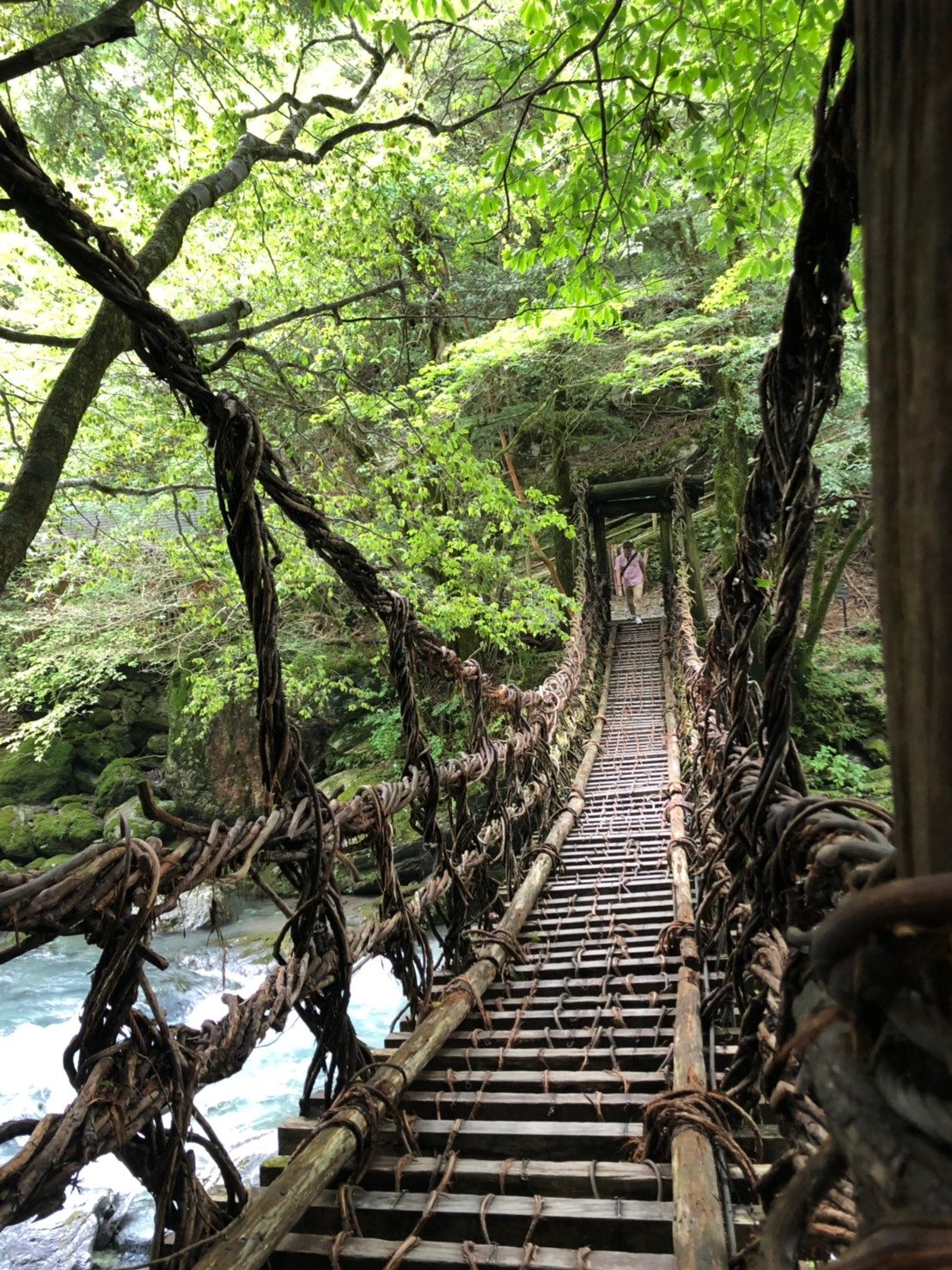
Kagawa Prefecture: Naoshima: Benesse Art Site Naoshima is one of the best modern and contemporary art sites in the world. The island art paradise is part of Kagawa Prefecture but is usually accessed by ferry from Uno Port on the mainland (Honshu). Kotohira: Kotohira, a small town in Kagawa Prefecture about 30 km southwest of Takamatsu. The town is home to the most popular shrine in Shikoku, Kompirasan, one of the most difficult shrine to reach in Japan, offers spectacular views from its location on the side Mount Zozu. To get there you have to climb 1,368 stone steps. Ritsurin Garden: Set against the beautiful background of Mt. Shiun, this 75-hectare (187 acre) Japanese garden in Takamatsu dates from the early 17th century. This classic samurai stroll garden has ponds, tea houses and many long winding paths to choose from. Kagawa Lacquerware: Lacquer in Kagawa has a history of nearly 400 years and 5 of the local production styles have been awarded national craft status. Shodoshima Island: This big and unusual island in the Inland Sea between Honshu and Shikoku is famous for its hillside olive orchards, the spectacular Nakayama Senmaida rice terraces, and the Kankakei Valley (home to one of Japan’s most beautiful river gorges).
Ehime Prefecture: Matsuyama: Matsuyama is the perfect base camp for seeing the wonders of the Ehime countryside (see below) and experiencing its amazing castle and the oldest hot spring in Japan. The city is small, and the people are very friendly. Uchiko: Uchiko is a charming town (about 40 km southwest of Matsuyama) that is both historical and cultural. The town was once a prosperous center for the production of wax for candles and washi paper. The town's Yokaichi Old Town is almost perfectly preserved and for ninja enthusiasts the Uchiko-za kabuki theater offers trap doors, hidden entrances and more. Nearby Ishidatami is very popular for its idyllic old village scenery, including a 350-year-old weeping cherry tree, waterwheels, terraced rice paddies, white-walled storehouses and traditional wooden buildings. Ozu: Ozu City is located on the western coast of Ehime. In the Edo Period Ozu became a prominent castle town. Today tourists come here to wander the old nostalgic alleys and old-fashioned houses. The Hijikawa River flows through the heart of the city and is considered one of the best three places in Japan to see cormorant fishing (ukai; summer season). Uwajima: The coastal city of Uwajima faces the Bungo Channel that separates Kyushu from Shikoku. Uwajima has one of Japan's twelve extant original castles from the Edo Period (1603-1867). The area is one of Japan's top pearl cultivation places and also famous for its seafood and coastal scenery. Uwajima, believe it or not, also stages old-world bull fights five times a year. Tobe-yaki Pottery: Tobe-yaki pottery, prized for its white clay and blue patterns, is a nationally recognized traditional craft. The area is just east of Matsuyama and set in a countryside setting with many studios and little shops.
Kochi Prefecture: Shimanto River (canoeing and float rafting): The clean, blue, slow moving Shimanto River flows between green trees, white sandbanks, and under old bridges. Traditional rivermen still ply the river looking for sweet fish, river shrimp, eels, and seaweed. Adventure enthusiast and kids will love “travelling” the river on Japanese traditional “yakatabune” house boats, sailboats, canoes, and rafts. Cape Ashizuri: Cape Ashizuri is the southernmost point on Shikoku and coastal views from the area, known for “wild” rocks cliffs and tiny bays, go all the way to the horizon and seem infinite. At night, especially in winter, Ashizuri is well known for its clear starry skies. And year round the hot springs offer luxurious views of the Pacific Ocean. Niyodo River: The Niyodo River is referred to as the “miracle of clear streams” because the water is basically super clean and clear. The river area is popular for fishing, camping, canoeing and rafting. Whale Watching: Kuroshio-cho whale watching, from late April to late October, offers spectacular views of 12-metre long Bryde’s whales swimming in Tosa Bay, often alongside dolphins.
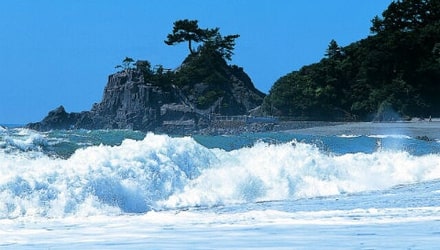
Tokushima Prefecture: Awa Jurobe Puppet Mansion and Theater: Awa Ningyo Joruri the famous traditional performance art of Tokushima is an ancient tradition based on puppets made of cypress wood. The doll’s lifelike movement in combination with the distinctly old-world Japanese traditional music is a unique entertainment experience. Naruto Whirlpool: The Naruto Whirlpool is one of the world’s top three tide whirlpools with vortices over 20 meters in diameter! Seen from shore or up close from a tourist ship is something most children just love. There is even a glass bottomed boat ride! Iya Ochiai Village: The Iya village of Tokushima is one of Japan’s top destinations for travelers looking for old Japan. The steep valley area is full of pristine forests, terraced fields, and old traditional farmhouses. Iya’s 100-to-300-year-old houses have been re-thatched and preserved as important traditional buildings. And most of these homes are places where tourists can stay during their exploration of this unique natural and traditional landscape. Mount Tsurugi: Mount Tsurugi, the second highest mountain in western Japan (1,955 meters) is just east of the Iya Valley and offers excellent day and overnight hiking and views all the way to the Seto Inland sea and Cape Ashizuri. Sea of clouds views are also stunning from the mountain and so are is ancient Shinto shrines. The mountain is also a sacred pilgrimage destination. Hiwasa Chelonian (sea turtle) Museum: This is the only museum in the world dedicated to sea turtles and is popular with families and sea biology enthusiasts.
- Shikoku transportation and accommodation overview
- Shikoku main hiking, nature and hot spring destinations
- Shikoku food & cuisine overview for private travel
- Shikoku history overview
Shikoku food & cuisine overview for private travel
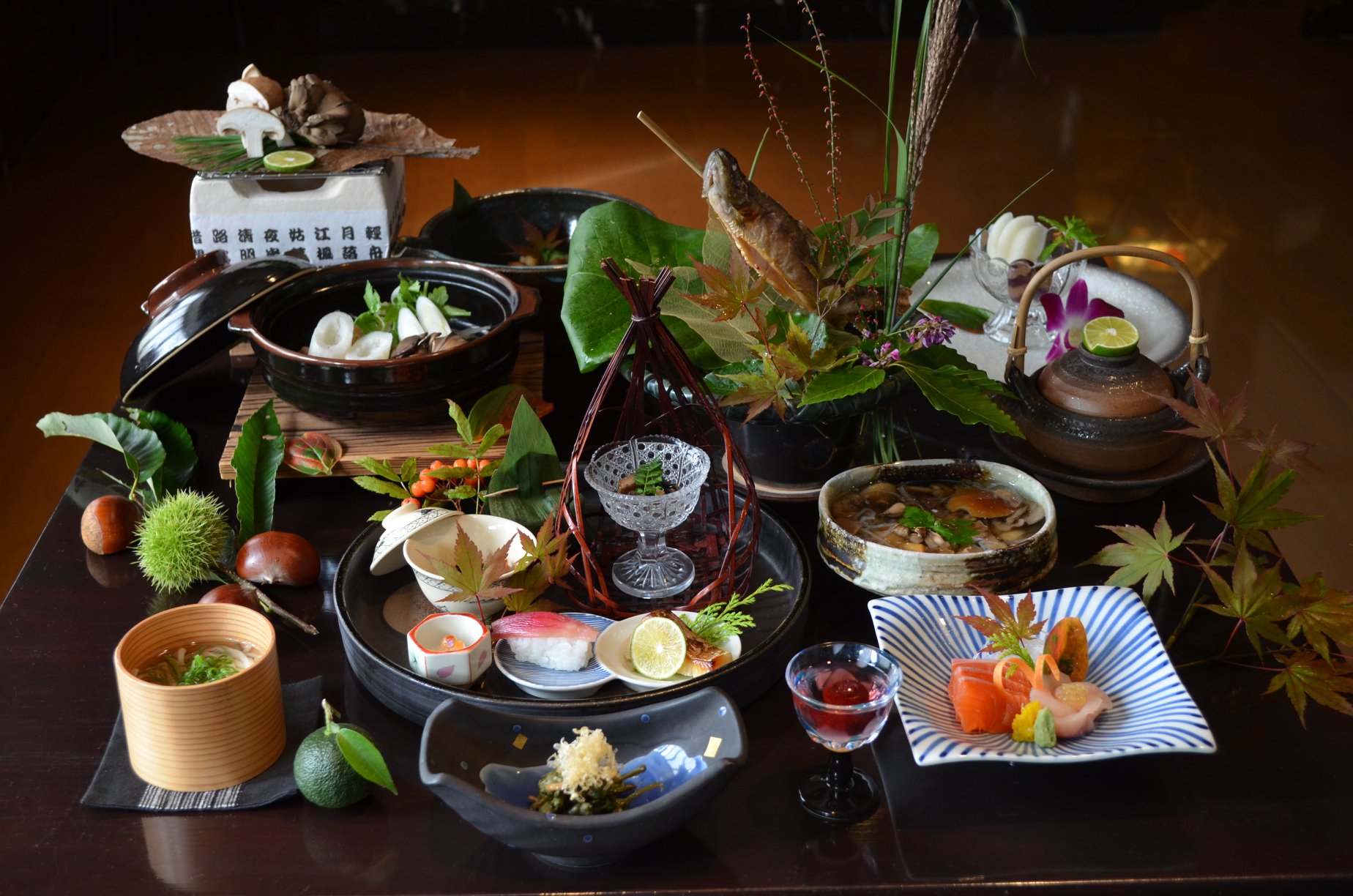
Every island and area in Japan has its local food and cuisine specialties. And the food and cuisine of Shikoku offer foreign visitors all kinds of special tastes and treats. Shikoku's warm climate has made the island one of Japan's centers for citrus fruits including mikan (mandarins) and yuzu (unique to Japan). The coastal areas of Shikoku are very fertile, and the seafood options are among the best in all of Japan. Udon or wheat noodles, fat and thick, are one of Shikoku's best-known foods. Shikoku udon is served mostly hot and when hot it's kake udon. The Shikoku udon broth is called kakejiru and it's made with fish flakes (from the bonito tuna), soy sauce and sweet sake (mirin). Udon is almost always topped with thinly chopped scallions plus tempura, aburaage deep-fried tofu pockets and thin slices of kamaboko, a halfmoon-shaped fish cakes.
The four prefectures of Shikoku, Ehime (Matsuyama), Kagawa (Takamatsu), Tokushima and Kochi, are each know for their distinctive cuisine specialties and each of these prefectures have their own micro-climates and cultural traditions.
For a better understanding of YJPT's tour and service design and design process, expenses, and prices please see my compact but informative full service pricelist in JPY and USD, all retail priced.
Ehime Prefecture cuisine and food specialties: Ehime is famous for its fresh sea bream and yellowtail and also mikan mandarin citrus crop (the biggest in Japan). Uwajima Tai Meshi: Tai, or red snapper, a fish that has been a symbol of celebration in Japan since ancient times, is abundant off the Uwajima coastline of Ehime. Tai Meshi is a bowl of cooked rice topped with tai red snapper sashimi. Botchan Dango: Botchan Dango, a traditional Japanese sweet from Ehime, is named after the 1906 novel Botchan. Botchan Dango are three mochi (rice flour dumplings) skewered on bamboo. The red dumpling is flavored with red adzuki beans, the yellow one with eggs, and the one green dumpling with green tea. Imotaki: Imotaki is nutritious root stew enjoyed in Ehime prefecture in the autumn-winter season. The stew is made with taro root, chicken, and matsuyama-age (crispy deep-fried tofu). The stew is simmered in tasty iriko dashi (dried sardine broth). Traditionally, imotaki stew was eaten outdoors next to fields and rivers at autumn moon-viewing parties.
Kagawa Prefecture cuisine and food specialties: Kagawa faces the Inland Sea and is known for its excellent seafood catch (especially anchovies), udon noodles and local jidori chicken dishes. Kagawa is the one of the few places in Japan that has historically produced high quality wheat flour. Kawagawa udon noodles are served in a delicious broth made from locally caught fresh anchovies. Many Kagawa restaurants specialize in chicken, cooked on charcoal and basted in its own fat. Honetsuki-dori is fried chicken on the bone. Kagawa chicken is seasoned with salt and pepper, fried until crispy, and served over rice.
Tokushima Prefecture cuisine and food specialties: Iya Valley: Tokushima’s Iya Valley is Shikoku’s best-known destination. The ancient Iya Valley is famous for its unique sustainable agriculture practices. The steep valleys of the area are not suitable for rice growing but ideal for soba buckwheat and nutty flavored potatoes. The local streams are rich in ayu sweet-meat river fish. And in autumn and winter wild boar (inoshishi) and deer (shika) meat is available in specialty restaurants. Iya soba buckwheat noodles are slightly thicker than normal and shorter too. The broth is usually anchovy based. Tokushima Ramen: Tokushima ramen, one of the most famous ramen versions in Japan, comes with three broth options: pork, chicken or vegetable broth (vegetarians!). Amego no Hirarayaki: Hirara flat stones have been used in Tokushima for centuries to grill foods on. Popular grill items include local fresh-water fish, vegetables, and tofu.
Kochi Prefecture cuisine and food specialties: Kochi prefecture faces the wide-open Pacific Ocean and is famous for its katsuo (bonito or skipjack tuna) and elegant Sawachi ryori cooking. Katsuo or skipjack tuna is a standout option in Kochi. It can still be experienced with the warayaki straw searing cooking style. Katsuo is served all over Japan but the Kochi versions are still the best and it uses lots of garlic (a distinctly foreign ingredient). Sawachi Ryori is said to symbolize the generosity and kindness of the Tosa people (Kochi people). A large round Arita-yaki (colorful Kyushu porcelain style) plate is decorated with the current seasonal ingredient. And the decorative style of the food presentation in Sawachi Ryori is meant to suggest rolling hills facing the open sea.
- Shikoku transportation and accommodation overview
- Shikoku main hiking, nature and hot spring destinations
- Shikoku food & cuisine overview for private travel
- Shikoku history overview
Shikoku history overview & highlights
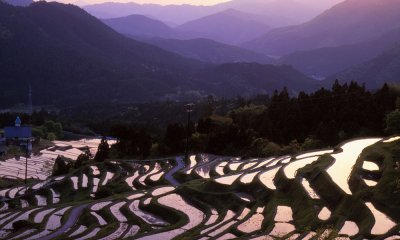
Shikoku has a long history that begins about 20,000 years ago. The Yayoi peoples of Shikoku lived in small villages that became separate provinces over time. Southwestern and central Kochi has a number of kofun burial mounds that date from the 4th to the 7th century AD. In the latter half of the 7th century, Japan's first centralized imperial state was formed and all of Shikoku was mapped and named. Until the end of the 7th century AD, Shikoku belonged to the Imperial Family. Over time, private land rights were granted but, even then, the area was frequently raided by pirates from other areas of Japan.
The key period of Shikoku development began around 1,300 years ago when the island became a Buddhist pilgrimage wonderland due to three unorthodox religious preachers: En no Gyoja, Gyoki and, most famous of all, Kukai. En no Gyoja is regarded as the founder of Shugendo, a syncretic religion that mixes native Japanese Shinto beliefs with the earliest forms of imported Buddhism. He practiced and preached his message in Shikoku. Gyoki was also a renegade priest who helped the poor. He is said to have established 37 of Shikoku’s 88 Buddhist pilgrimage temples. The most famous of the three “preachers” is unquestionably Kukai (774-835) who was born in Shikoku. After years of Buddhist studies in China, he returned to Japan and founded the Shingon school of Buddhism with its headquarters on Mount Koya, Koyasan (about 70 km east of Shikoku on mainland Honshu island). Like En and Gyoki, Kukai traveled to the wildest places in ancient Shikoku and carried out his deep ascetic practices in the wild places of Shikoku and performed good works as well as founding a few temples. In Kukai’s lifetime the Shikoku pilgrimage route was unordered and unorganized. After his death, many new pilgrimage temples were founded on the island which gradually became the 88-temple pilgrimage of today. Buddhist pilgrims went to Shikoku to atone for their sins, seek cures to illnesses, or pursue enlightenment. Today, some do the pilgrimage by helicopter and others take years to complete the entire 88-temple circuit.
During the Edo period (1603-1868), Shikoku became the Japanese center for indigo dye as Japan entered a long prosperous period of peace and the rise of the merchant class. And Tokushima was the center of indigo on Shikoku, eventually with a monopoly hold on the dye (and salt too!). Sugar and tobacco production from Tokushima were also significant.
At the end of the Tokugawa shogunate (ruled by the shogun of Edo or modern-day Tokyo), the southwestern corner of Shikoku became heart of the movement to overthrow the shogun and restore power to the emperor. The Tosa clan of Kochi relied on the vision and influence of Sakamoto Ryoma and Nakaoka Shintaro to overthrow the power of Edo. They joined with the Satsuma clan of southern Kyushu and were successful in returning power to the emperor which lead to the Meiji period and the Westernization of Japan.
- Shikoku transportation and accommodation overview
- Shikoku main hiking, nature and hot spring destinations
- Shikoku food & cuisine overview for private travel
- Shikoku history overview
For better custom Japan private tours learn more with these links
Content by Ian Martin Ropke, owner of Your Japan Private Tours (est. 1990). I have been planning, designing, and making custom Japan private tours on all five Japanese islands since the early 1990s. I work closely with Japan private tour clients and have worked for all kinds of families, companies, and individuals since 1990. Clients find me mostly via organic search, and I advertise my custom Japan private tours & travel services on www.japan-guide.com, which has the best all-Japan English content & maps in Japan! If you are going to Japan and you understand the advantages of private travel, consider my services for your next trip. And thank you for reading my content. I, Ian Martin Ropke (unique on Google Search), am also a serious nonfiction and fiction writer, a startup founder (NexussPlus.com), and a spiritual wood sculptor. Learn more!